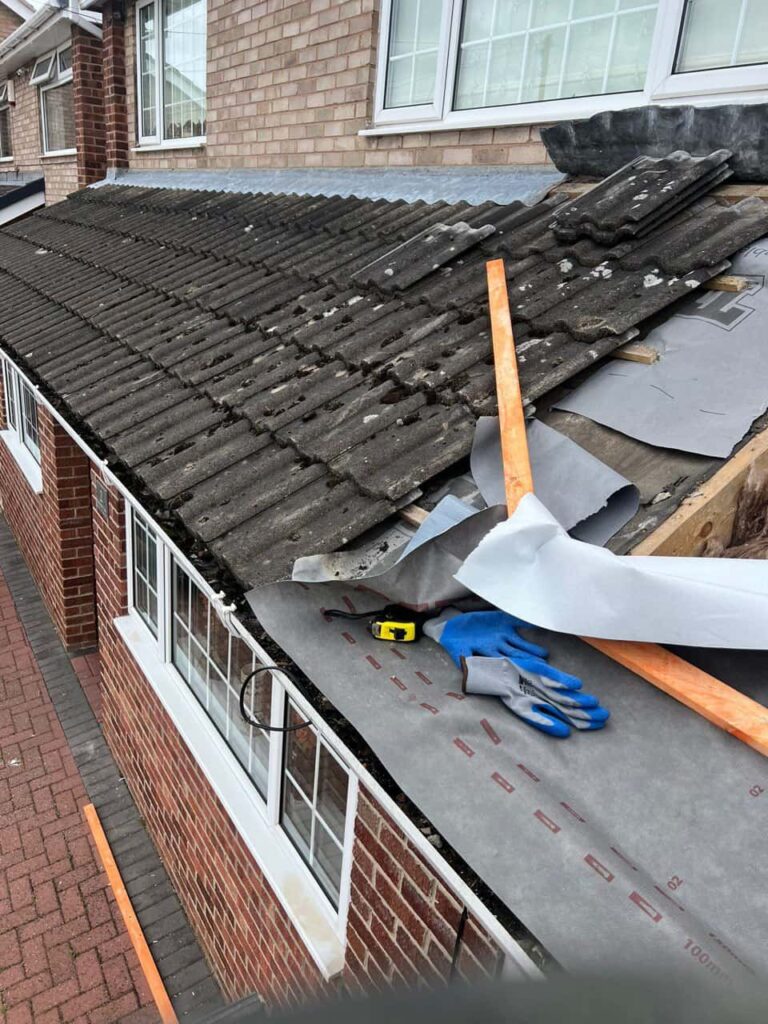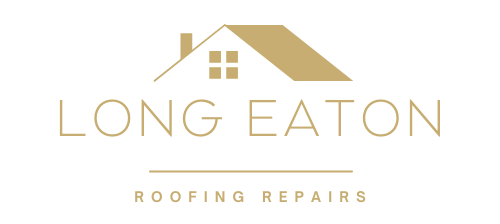Introduction: In an era of increasing energy costs and environmental awareness, improving the energy efficiency of buildings has become a top priority for homeowners and businesses alike. Flat roofs, while sleek and modern in design, can often be a source of energy loss if not properly insulated and sealed. Retrofitting flat roofs for improved energy efficiency offers numerous benefits, including reduced energy bills, enhanced comfort, and decreased environmental impact. At Long Eaton Roofing Repairs, we specialise in providing expert solutions to upgrade and retrofit flat roofs for optimal energy performance. In this blog post, we’ll share valuable tips and strategies for enhancing the energy efficiency of flat roofs through retrofitting.
Upgrade Insulation:
- Insufficient or outdated insulation is a common culprit for energy loss in flat roof structures. Enhance the thermal performance of your flat roof by upgrading insulation materials and increasing insulation thickness. Choose insulation with high R-values and low thermal conductivity to minimise heat transfer and improve energy efficiency. Consider adding rigid foam boards or spray foam insulation between roof joists to create a continuous thermal barrier and reduce thermal bridging.
Install a Cool Roof Coating:
- Cool or reflective roof coatings are designed to reflect sunlight and reduce solar heat gain on flat roof surfaces. These coatings typically have high solar reflectance and thermal emittance properties, helping to keep the roof surface cooler and lower indoor temperatures. Apply a cool roof coating to your flat roof to improve energy efficiency, reduce air conditioning costs, and extend the lifespan of roofing materials by reducing thermal stress.
Seal Air Leaks:
- Air leaks and drafts can compromise the energy efficiency of flat roofs by allowing heated or cooled air to escape from the interior space. Inspect the roof perimeter, penetrations, and seams for gaps, cracks, or openings where air leaks. Seal air leaks with caulking, weatherstripping, or expanding foam insulation to create an airtight barrier and prevent energy loss. Pay special attention to areas around roof edges, HVAC ducts, vents, and electrical penetrations.
Upgrade Roofing Materials:
- Replacing outdated or inefficient roofing materials with energy-efficient alternatives can significantly improve the energy performance of flat roofs. Consider installing cool roof membranes with reflective properties that resist heat absorption, such as TPO (thermoplastic polyolefin) or PVC (polyvinyl chloride). Additionally, roofing materials with high solar reflectance index (SRI) ratings should be chosen to minimise solar heat gain and reduce cooling loads.
Optimise Roof Ventilation:
- Proper roof ventilation is essential for maintaining a comfortable indoor environment and preventing moisture buildup in flat roof structures. Install ridge vents, soffit vents, or mechanical ventilation systems to facilitate air circulation and remove excess heat and humidity from the attic space. Proper ventilation helps to improve energy efficiency, prolong the lifespan of roofing materials, and prevent moisture-related issues such as mould and rot.
Conclusion: Retrofitting flat roofs for improved energy efficiency is a wise investment that pays dividends regarding energy savings, comfort, and sustainability. Experts specialise in providing expert solutions to upgrade and retrofit flat roofs for optimal energy performance. They can help you transform your flat roof into an energy-efficient asset that enhances the comfort and value of your property.
Call us on: 0115 647 1193
Click here to find out more about Long Eaton Roofing Repairs
Click here to complete our contact form and see how we can help with your roofing needs.

